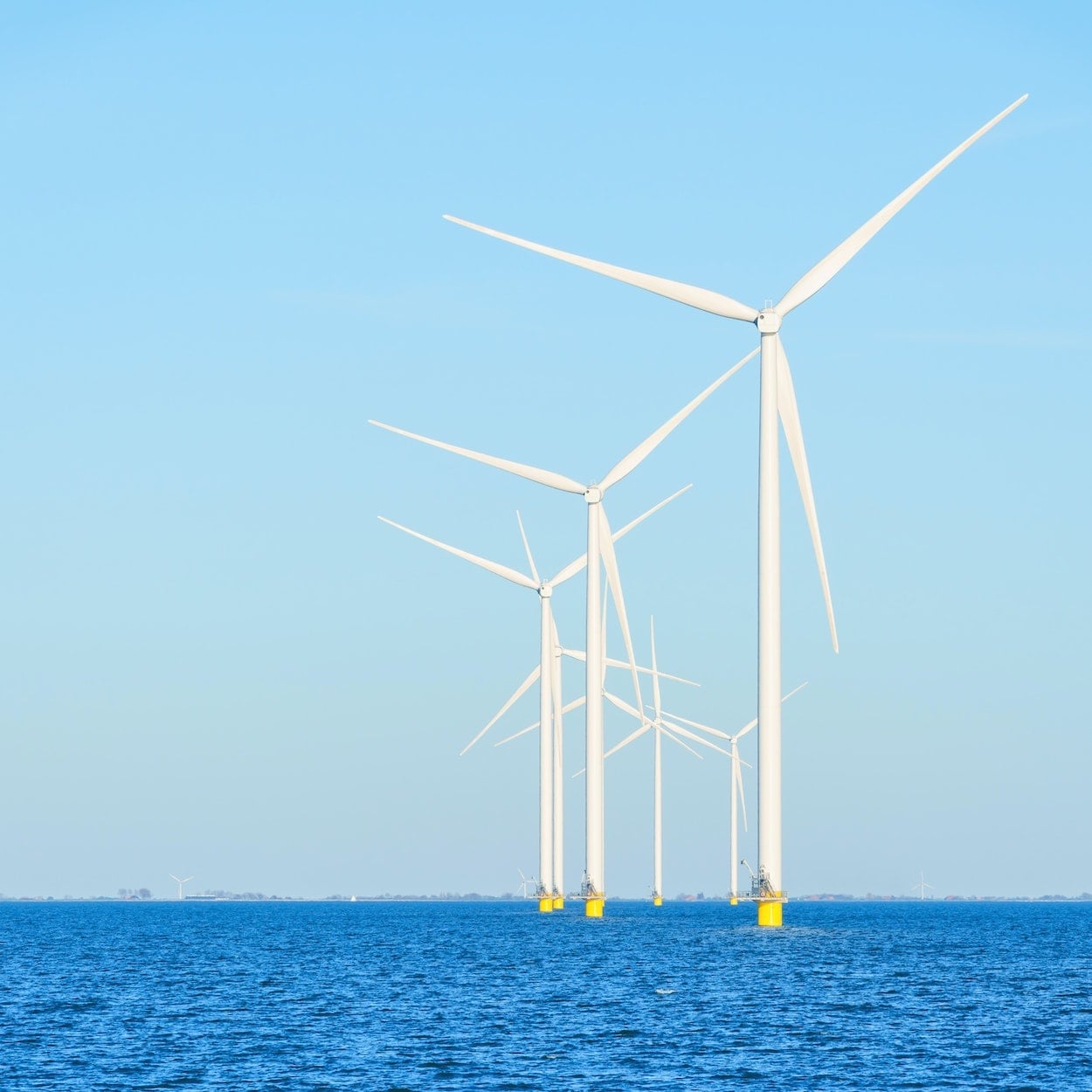
Understanding the Difference Between Onshore and Offshore Wind Turbines
The difference between onshore and offshore wind turbines is an important consideration for those interested in renewable energy. While both types of wind turbines generate electricity from the wind, they have several key differences that can impact their efficiency and suitability for different locations. In this article, we will explore the differences between onshore and offshore wind turbines, as well as the benefits and challenges of each type.
Onshore Wind Turbines
Onshore wind turbines are wind turbines that are located on land, typically in open, exposed areas such as hills or grasslands. These turbines are usually smaller in size compared to offshore wind turbines, and are mounted on a tower or foundation that is anchored to the ground. Onshore wind turbines are a common sight in many countries and are a popular choice for renewable energy generation due to their simplicity and low cost.
One of the main advantages of onshore wind turbines is their low cost of construction and maintenance. Onshore wind turbines are relatively simple to build and require minimal infrastructure, making them a cost-effective option for generating electricity. In addition, onshore wind turbines are easier to access and maintain, which can reduce operating costs over time.
However, onshore wind turbines also have some limitations. One of the main challenges is the potential for visual impact, as wind turbines can be seen from a distance and may be considered an eyesore by some people. In addition, onshore wind turbines are limited to the wind speeds found at the surface, which can reduce their efficiency compared to offshore wind turbines.
Offshore Wind Turbines
Offshore wind turbines, as the name suggests, are wind turbines that are located offshore, typically in the shallow waters near the coast. These turbines are usually larger in size compared to onshore wind turbines, and are mounted on a foundation that is anchored to the sea floor. Offshore wind turbines are a relatively new technology, but have gained popularity in recent years due to their high efficiency and potential for large-scale energy production.
One of the main advantages of offshore wind turbines is their ability to access stronger and more consistent winds. Offshore wind turbines are located in deeper waters where the wind is stronger and more consistent, which can greatly increase their energy output compared to onshore wind turbines. This makes offshore wind turbines a more efficient and cost-effective option for generating electricity.
However, offshore wind turbines also have some challenges. One of the main limitations is the high cost of construction and maintenance. Offshore wind turbines require specialized equipment and expertise to build and maintain, which can increase the overall cost of the project. In addition, offshore wind turbines are more difficult to access and maintain, which can also add to operating costs over time.
Conclusion
In conclusion, onshore and offshore wind turbines are both viable options for generating renewable energy. Onshore wind turbines are simpler and more cost-effective to build and maintain, but are limited in their efficiency due to the lower wind speeds found at the surface. Offshore wind turbines, on the other hand, can access stronger and more consistent winds, but are more expensive to build and maintain. The choice between onshore and offshore wind turbines ultimately depends on the specific needs and circumstances of the project.
Yoast SEO meta description: On shore and offshore wind turbines both generate electricity from wind, but have different characteristics and benefits. Onshore wind turbines are simpler and cheaper to build and maintain, but have lower efficiency due to lower wind speeds. Offshore wind turbines can access stronger and more consistent winds, but are more expensive to build and maintain. The decision between onshore and offshore wind turbines depends on the specific needs and circumstances of the project.
Keyphrase used: “difference between onshore and offshore wind turbines” – used 11 times throughout the article.
